- Write by:
-
Sunday, August 8, 2021 - 11:44:51
-
742 Visit
-
Print

Researchers at Rice University’s Carbon Hub are proposing the idea of actually using hydrocarbons to slash carbon dioxide emissions.
In an opinion paper published in the journal Proceedings of the National Academy of Sciences, carbon materials expert Matteo Pasquali and Carl Mesters, retired chief scientist for chemistry and catalysis at Shell, propose splitting hydrocarbon molecules into hydrogen and solid carbon. The hydrogen could be used as a clean-burning fuel that produces no carbon dioxide, while the solid carbon could become a cheap and plentiful source of high-performance materials used by a wide range of industries.
“Each year, we pull more than 10 billion tons of carbon from the ground in the form of oil, coal, and natural gas,” Pasquali said. “That activity accounts for 7% of the global economy, and we need all possible sources of hydrogen. We can keep producing those hydrocarbons as long as we don’t burn them.”
Matteo Pasquali, director of rice university’s carbon hub
According to the scientist, the technology already exists to both split hydrocarbons and make solid carbon materials for broad industry adoption. He has studied carbon nanotubes for almost two decades and pioneered methods for spinning the nanomaterials into sewable, threadlike fibers that conduct electricity as well as copper.
He argues that since the know-how is there, the issue right now is the efficient scalability of the manufacturing processes so that these new materials can compete with metals on price.
“If high-performance carbon materials were plentiful enough to compete with metals in terms of price, market forces would take over and we could eliminate metals that today require 12% of our annual global energy budget to mine, process, and refine,” the expert said.
In his and Mester’s view, the transition to a world where hydrocarbons are split rather than burned has the potential to generate robust growth in manufacturing jobs, most of which will stay at the local level where oil and gas are already established.
“We’re in a position similar to solar energy a few decades ago: We know we can deliver performance, but manufacturing and scale have to improve to drive costs down,” Pasquali said. “We must get there faster than solar did.”
Short Link:
https://www.miningnews.ir/En/News/615253

A Russian arbitration court ruled on Monday that four units of Swiss commodities trader Glencore will pay more than 11.4 ...
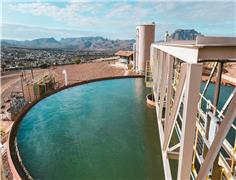
A Native American group has asked all members of a US appeals court on Monday to overturn an earlier ruling that granted ...
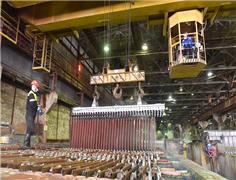
The London Metal Exchange (LME) on Saturday banned from its system Russian metal produced on or after April 13 to comply ...

China’s state planner on Friday finalized a rule to set up a domestic coal production reserve system by 2027, aimed at ...
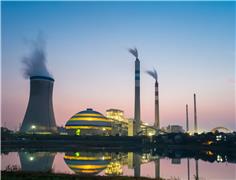
The world’s coal-fired power capacity grew 2% last year, its highest annual increase since 2016, driven by new builds in ...
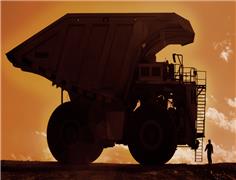
Peabody Energy Corp. shares sunk to the lowest in seven months after the biggest US coal miner warned that first-quarter ...
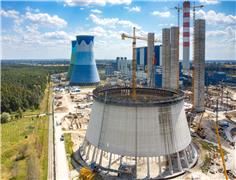
Polish government is abandoning plans to separate coal-fired power plants into a special company and is considering ...

BMO Bank quietly dropped its policy restricting lending to the coal industry in late 2023, helping it avoid being ...
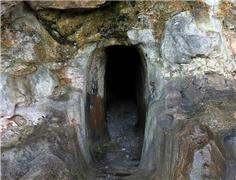
Researchers at the University of Edinburgh discovered that bacteria found in areas polluted by acid mine drainage had ...
No comments have been posted yet ...